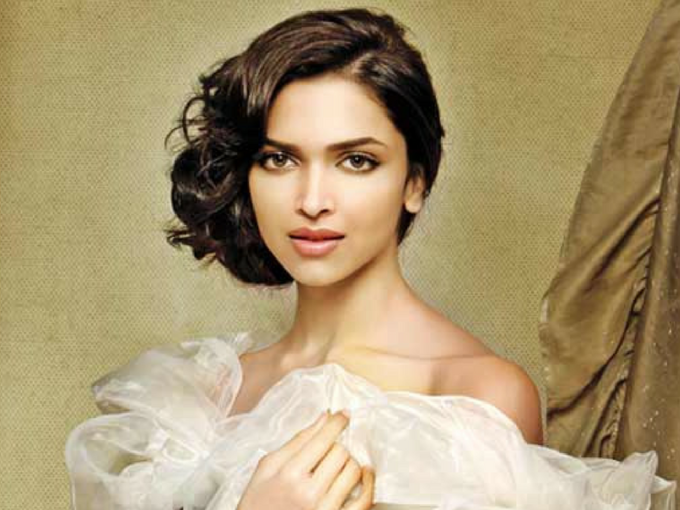
If you are a bit conscious about the global fashion industry you know how fast forward it is. Prior to six months, even before the season commences, the style is ready. That’s how it works everywhere. The runway trend of October will trickle down to the manufacturers in a month. And by March, the
But did you ever wonder who are the brains behind the fashion at shows and stores? Where do these designers get ideas from? The designers conceptualize and design but there must be someone who ideates the outline.
Meet trendsetter called WGSN or the World Global Style Network. With 350 plus staffs, and 14 offices including one in India, WGSN is the world’s leading trendsetter in fashion.
The subscriber based business of WGSN has 70,000 members who are directly dependent on it for fashion trend alerts. Amongst the KRAs of WGSN are streamlining the patterns, colours, motifs of the season. So, the designers, colourists, merchandiser, all WGSN subscribers get to know about every aspect of fashion much ahead of time.
The work culture of WGSN is also quite ahead of time. If you check with the senior editors of the company, you would know that for them its already the spring of 2018 when jute-soled espadrilles might be in style.
Not only designers, WGSN’s major chunk of clientele also includes big brands in fashion. While the customers depend on blogs and magazines for fashion updates, brands rely on WGSN for similar reasons.
We chatted with Anupreet
“More and more urban Indian youth is travelling, socially aware and well connected with antennas picking up trends all across the globe. Having said that, there is also an influx of foreign brands rapidly expanding in retail in the Indian domestic market. All these factors have actually enabled to shrink the gap and help align global trends increasingly with the Indian taste and style.”
Fashion forecast for India
“While Men’s silhouettes and fits move towards keeping in step with international trends, women explore styles that are definitely in tune with global trends but dialing down in terms of skin exposure,” Bhui told Business Insider.
“India is a prints market with already a rich heritage of patterns and designs. The consumers love their prints that are alive. Floral, geometric leaning more towards a happier colour mix are mostly a preference. Indian consumers love colour. Saturated and bright hues always win with women,” she said.